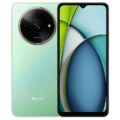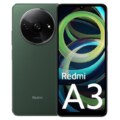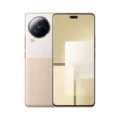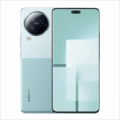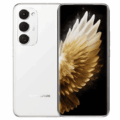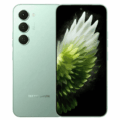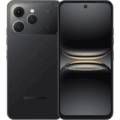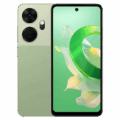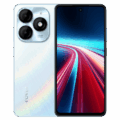Xiaomi Redmi 9
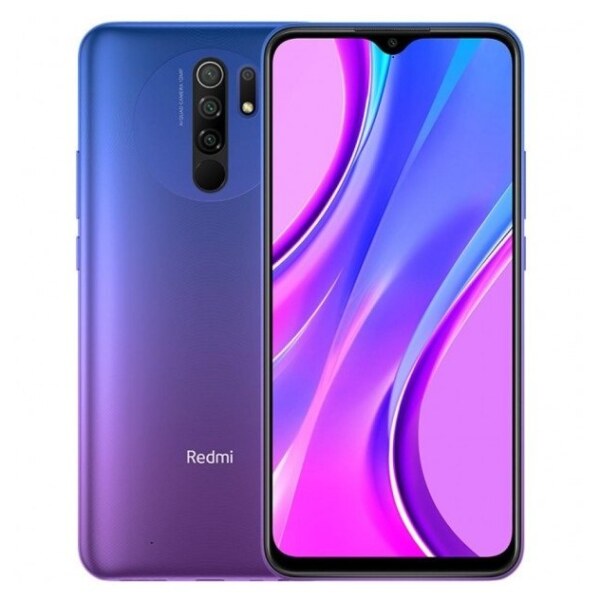
The Xiaomi Redmi 9 succeeds the Redmi 8, which was released in 2019. This model upgrades the processor to a MediaTek Helio G80, replacing the Snapdragon 439 found in its predecessor. The display size has increased from 6.2 inches to 6.53 inches, featuring a Full HD+ resolution of 2340 x 1080 pixels. The screen uses an IPS LCD panel and includes a dew-drop notch at the top center.the Helio G80 chipset is built on a 12nm process and contains an octa-core CPU with two Cortex-A75 cores clocked at 2.0 GHz and six Cortex-A55 cores at 1.8 GHz. Graphics are handled by the Mali-G52 GPU. The device is available with either 3GB or 4GB of RAM and offers internal storage options of 32GB or 64GB. Storage can be expanded up to 256GB via a microSD card.
On the rear, the Redmi 9 features a quad-camera setup. The primary sensor is 13 megapixels with phase detection autofocus (PDAF) and an f/1.8 aperture. It is accompanied by an 8-megapixel ultra-wide lens, a 5-megapixel macro camera, and a 2-megapixel depth sensor. The front camera is housed within the notch but is not specified here.
Additional hardware includes a rear-mounted fingerprint sensor and dual Nano-SIM slots, both supporting 4G LTE connectivity. The phone runs Android 10 with Xiaomi’s MIUI 11 interface pre-installed.Power is supplied by a 5020mAh battery, which supports 18W fast charging through a USB-C port.
Full Specifications
NETWORK
| Technology | GSM / HSPA / LTE |
| 2G Network Bands | GSM 850 / 900 / 1800 / 1900 - SIM 1 & SIM 2 |
| 3G Network Bands | HSDPA 850 / 900 / 1800 / 1900 / 2100 |
| 4G Network Bands | LTE band 1(2100), 3(1800), 5(850), 8(900), 28(700), 38(2600), 40(2300), 41(2500) |
| Speed | HSPA 42.2/5.76 Mbps, LTE-A (2CA) Cat6 300/50 Mbps |
LAUNCH
| Also Known As |
- - |
BODY
| Dimensions | 163.3 x 77 x 9.1 mm |
| Weight | 198 grams |
| Build | Glass front (Gorilla Glass 3) |
| SIM Type | Dual SIM (Nano-SIM, dual stand-by) |
DISPLAY
| Display Type | IPS LCD capacitive touchscreen, 16M colors |
| Size | 6.53 inches, 104.7 cm2 (~83.2% screen-to-body ratio) |
| Resolution | 1080 x 2340 pixels, 19.5:9 ratio (~395 ppi density) |
PLATFORM
| Operating System |
Android 10 - MIUI v11 |
| Chipset | Mediatek Helio G80 (12 nm) |
| CPU | Octa-core (2x2.0 GHz Cortex-A75 & 6x1.7 GHz Cortex-A55) |
| GPU | Mali-G52 2EEMC2 |
MEMORY
| RAM + ROM | 3/4 GB |
| Card Slot | Yes, up to 256 GB via microSD card (uses dedicated slot) |
MAIN CAMERA
| Camera Type | Quadruple Lenses |
| Camera Sensor(s) | 13 MP + 8 MP + 5 MP + 2 MP Main camera |
| Camera Features |
Autofocus Continuous shooting Digital zoom Geotagging Panorama HDR Touch focus Face detection White balance settings ISO settings Exposure compensation Self-timer Scene mode 5-element lens |
| Video Resolution | 1080@30fps, 720p@30fps, |
SELFIE CAMERA
| Camera Type | Single Lens |
| Camera Sensor(s) | 8-megapixel, f/2.2 aperture |
| Camera Features |
FaceID, HDR, 6-level AI face Beauty |
| Video Resolution | 720p@30fps |
SOUND
| Loudspeaker | Yes |
| Speaker Location | Chin, below display |
| Audio Jack Type | Yes, 3.5mm audio jack |
CONNECTIVITY
| Bluetooth | Bluetooth 5.0, A2DP, LE |
| NFC | |
| GPS | Yes, with A-GPS, GLONASS, GALILEO, BDS |
| FM Radio | Yes, FM Radio |
BATTERY
| Battery Capacity | Non-removable Li-Po 5020 mAh battery |
| Wireless Charging | No |
| Talk Time Talk Time is the longest time that a single battery charge will last when you are constantly talking on the phone under perfect conditions, Ambient temperature and highly dependent on the cellular network environment such as the distance to the closest cell network tower. | Up to 38 hours |
| Stand-by | Up to 580 hours |
OTHER FEATURES
| Sensors | Fingerprint (side-mounted), accelerometer, proximity, compass |
| Box Contents | Charging Brick / USB cable |
User Reviews
Leave a Reply
Disclaimer Note
Note: Specifications may not be 100% accurate.


